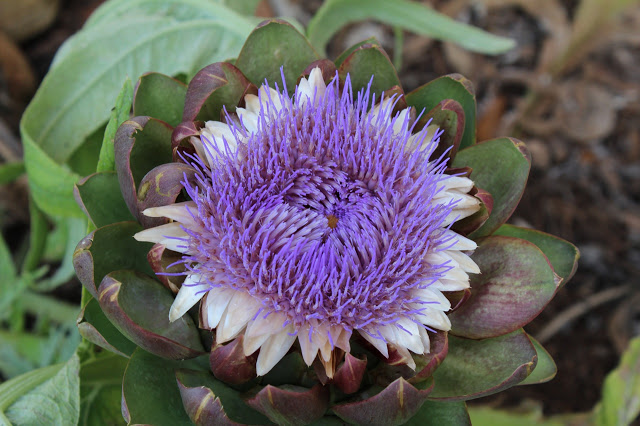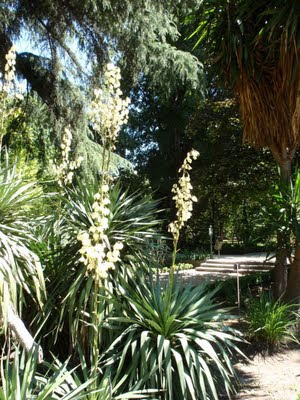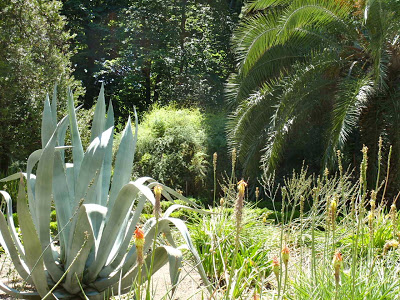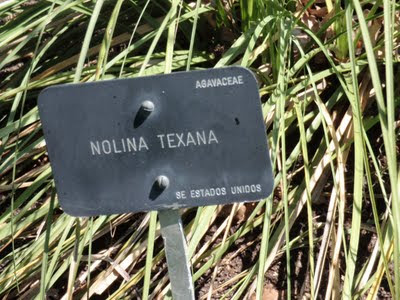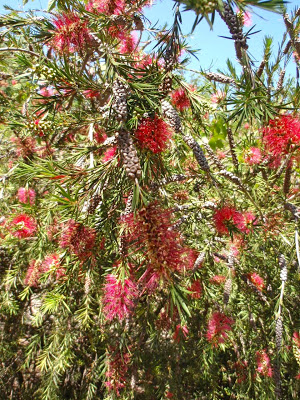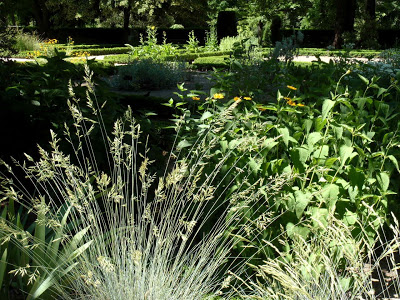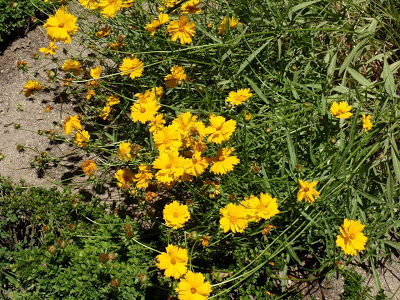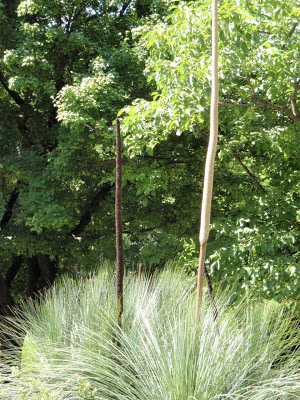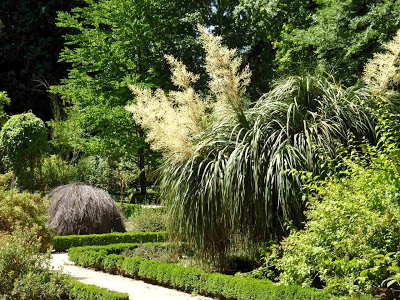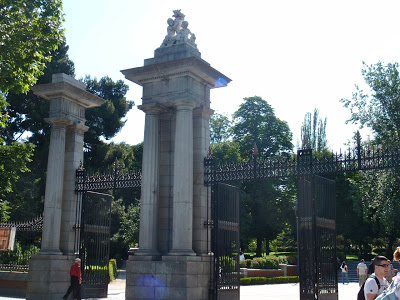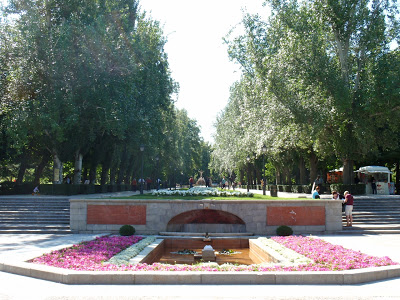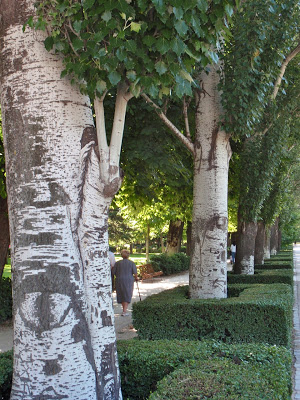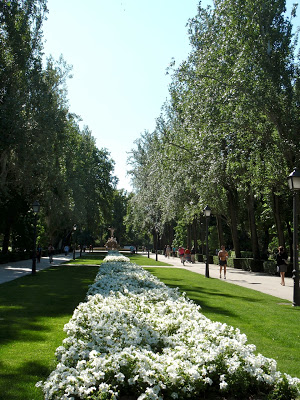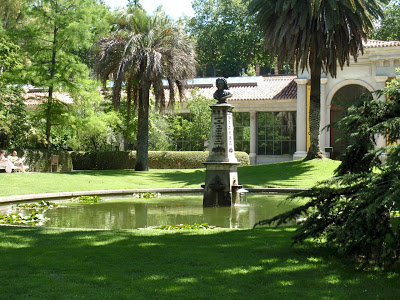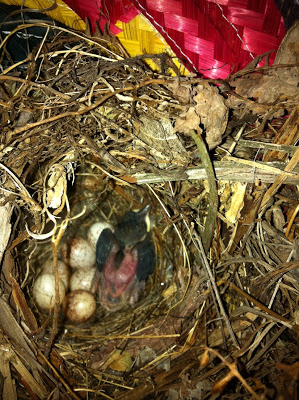Landscapes of Spain an inspiration for Texans
I thought I was back home in Texas when we toured the Botanical Gardens in Madrid a few weeks ago. We saw so many amazing things on our trip to Spain, and one of my favorite things to do was check out their landscaping, gardens and public parks. I really enjoyed comparing their landscaping and plants to ours.
We spent time in Madrid and Barcelona, both large, historic metropolitan cities with a surprisingly significant amount of parkland and green space. The Parque del Buen Retiro, literally, “Park of the Pleasant Retreat” in the heart of Madrid, covers 350 acres. With a lake in the center, the park includes wide pedestrian walkways lined with crafts and artisans and entertainers and are enjoyed by walkers, bicyclists and roller bladers alike. We even watched several roller blading classes for children and adults. Only blocks away lies the botanical garden, the Real Jardin Botanico, home to seemingly limitless garden displays. Barcelona has similar large parks and gardens including the Parc de la Cituadella, Jardi Botanic and Park Guell, filled with Gaudi artwork and whimsical sculpture.
Spain has a typical Mediterranean landscape. And like Texas, it has a very diverse topography – from to arid desert-like scrub, rolling hills and mountainous regions to lush tropical and coastal areas awash with balmy Mediterranean breezes. It also includes the Balearic Islands of Mallorca, Minorca, Ibiza and Formentera.
Texas has several different landscapes – the Northern Plains, Trans-Pecos Region, Texas Hill Country, Piney Woods and South Texas. Spain is no different – summers are extremely hot in Madrid and southern Spain, winters can be extremely cold in the Pyrenees Mountains and the north and the coastal regions are tropical. Most of the country is characterized by hot, dry summers and mild, rainy winters. While my garden was parched and dry at home in Austin, we had to work our sightseeing around several days of showers and heavy rains while we were there. Normally time of year is sunny and warm, we just happened to hit a rainy spell. (Wish we would do that here.)
In recent years, American gardeners have been turning more often to the Mediterranean style of landscaping, and our travels in Spain showed me why.
Modern landscape design has its roots in the ancient civilizations of the area. The Mediterranean style of gardening reflects the easygoing Mediterranean culture, and pairs beautiful elements of nature in an elegant style. While the gardens have an orderly and graceful style, they are far from formal. Geometric designs, straight lines and stonework are used to frame a broad range of plants, from soft, flowing petals to linear shrubs and trees to anchor the garden. It’s not uncommon to see flowers, herbs, fruit trees, palms and succulents all in the same garden.
With its varied climate zones, Spain is home to more than 8,000 plant species. Texas enjoys approximately 5,500. We share many of the same plants as our European neighbors.
Dramatic cordylines and palms of all sizes are incorporated into most landscapes, parks and public areas. Olive, cypress and retama trees scatter the countryside. Beautiful bougainvilleas in all colors climb walls and fences along with mandevillas and fragrant jasmine.
Flowering bushy shrubs include hibiscus, lantana, oleander, plumbago and angel’s trumpet. And to provide the textural contrast that’s so appealing in Mediterranean gardens, there are all the grasses, cacti, agaves and succulents – plants that are our staples here in recent drought-stricken years.
Our experience in Spain was rich in very different culture, history, architecture and food. But it was also nice to see some familiar plants across the ocean decorating the beautiful Mediterranean landscape.


